Description
This tour will take you to Kanda. Kanda is an area of Tokyo located in Chiyoda ward. It includes about 30 neighborhoods with universities, residential areas, and businesses. This is where the noble and wealthy used to live during the Tokugawa shogunate, because of its vicinity to the Imperial Palace. Kanda used to be the “uptown” of Tokyo, the opposite of shitamachi (downtown) where the working class lived.
The scenery changes quickly around here and the best way to experience this diversity is on foot.
Smoky Restaurants Along the Train Tracks
The journey starts from Kanda station. We will explore the area around the station and walk beside the train tracks. The red brick walls are unusual in Tokyo, and it’s fun to look at all the little bars and restaurants. There are a lot of workers in this area, so it’s packed with entertainment of all kinds. Even the underpasses have shops and restaurants.
Stop for Lunch in a Timeless Soba-ya
We will take you to one of those buildings that make you stop and stare at it, wondering what goes on inside. Founded in 1884, this restaurant is a long-standing traditional Japanese restaurant specializing in teuchi (handmade) soba. This is one of the few restaurants that survived the bombings of World War II. Afterward, we will walk around and check out the other beautiful buildings in this area.
While it might look like you need to wear a kimono to get in, the atmosphere inside is relaxed and friendly. The staff is very welcoming so we will definitely be able to enjoy ourselves here. We recommend having the Goma soba, cold soba with sesame flavored dipping sauce instead of the regular sauce. Just having the soba will definitely worth the trip
We will stop in Akihabara for some purikura (special photo booths) and a drink at one of the many maid (or cat/owl) cafes. When booking this tour please let us know your preference is so we can make reservations
Get awestruck by the Mecca of Anime and Electronics
Via the Manseibashi bridge, we will walk towards Akihabara. The view from the bridge is beautiful, and there is also a river terrace with cafes where you can relax and enjoy the cityscape. If the weather is nice enough we might stop there for some refreshments.
So close to all those beautiful old buildings, the chaotic Akihabara Electric Town might be a bit of a shock. But this is Tokyo. A crazy mix of old and new and a melting pot of different styles. Akihabara is the city of electronics, anime, manga, games, and maid cafes. We will walk along the main road with its huge department stores and game arcades. Then explore the back alleys where all the cluttered little shops are. Even if you are not into anime or electronics, wandering through the madness is highly entertaining. In Akihabara, characters are everywhere so be sure to feast your eyes on everything there is to see.
Pray for Your Electronics in a Colourful Shrine
Past the busy backstreets of Akihabara is a quiet stretch of residential land, that will lead you to the stairs of Kanda Myojin. This shrine is particularly colorful and a little different than other shrines. You can sense the closeness of Akihabara. These Ema, wooden plaques where you write your prayers, have quite unconventional prints on the back. Kanda Myojin sells lucky charms with anime characters on them and an amulet for protecting your electronics. Kanda Myojin is home to one of the three great Shinto festivals of Tokyo, the Kanda Matsuri. Held in odd-numbered years, this festival involves a big parade of more than 200 mikoshi, portable Shinto shrines.
Rest Your Feet While Sipping Amazake
At this point, you might be a little tired from all the walking. Time for another traditional Japanese treat! The place we are going to next is a shop that sells homemade natto (fermented soybeans) and amazake, a kind of sweet, low-alcohol sake.
Next to the shop is a cafe where we will enjoy a cup of hot or cold amazake. They also serve sweets, some of them made with amazake. The shop was established in 1846 and still uses a traditional recipe of only rice and a fermentation starter, without any additives. Amazake is served with moromi, a sake fermenting mash. Its saltiness balances the sweetness of the amazake. While you sip your white drink you can enjoy the view of a little Japanese garden.
Admire the Solemnity of a Confucian Temple
Heading down the slope we will next enter one of the biggest Confucian temples in Japan. The temple houses the world’s largest statue of Confucius. The temple grounds are peaceful and immersed in nature. The somber dark colors contrast with the colorful Kanda Myojin.
Marvel at the River View and Stroll Along Guitar Street
The next area we will visit is Ochanomizu. Ochanomizu means “tea water”. In the Edo period, the shogun’s tea was made extracting water from the nearby Kanda River, hence the name. This district is filled with hip young people, especially university students.
Of course, you cannot go to Ochanomizu without visiting the aptly named “Guitar Street”. The road is lined with instrument shops of all kinds, old and new, and it’s considered a musician’s heaven in Tokyo. Even if you’re not a musician this road is something worth seeing. Shop after shop, you will have never seen so many guitars all in one place. Naturally, there are guitars for all styles and ages.
Discover the Charm of Tokyo’s Book District
The abundance of universities in this area makes this the perfect place for selling books, especially secondhand. With almost 200 bookstores, Jimbocho is considered the go-to place for book lovers. Some are charmingly old and cluttered, with piles of tomes reaching the ceiling, and some are tidy and new. Some stores, also sell English and foreign books. But bookworm or not, anyone can appreciate this book-lovers area with its cozy cafes and inviting back streets.

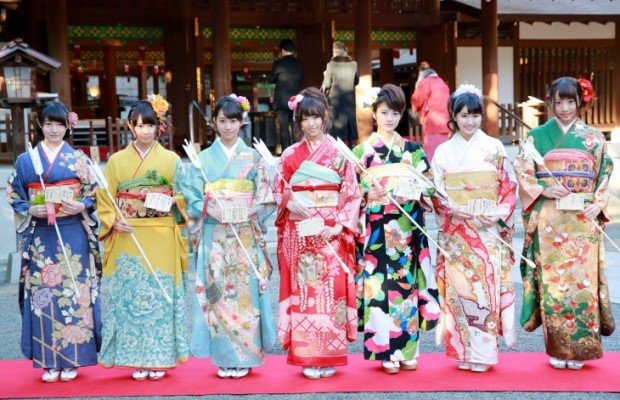
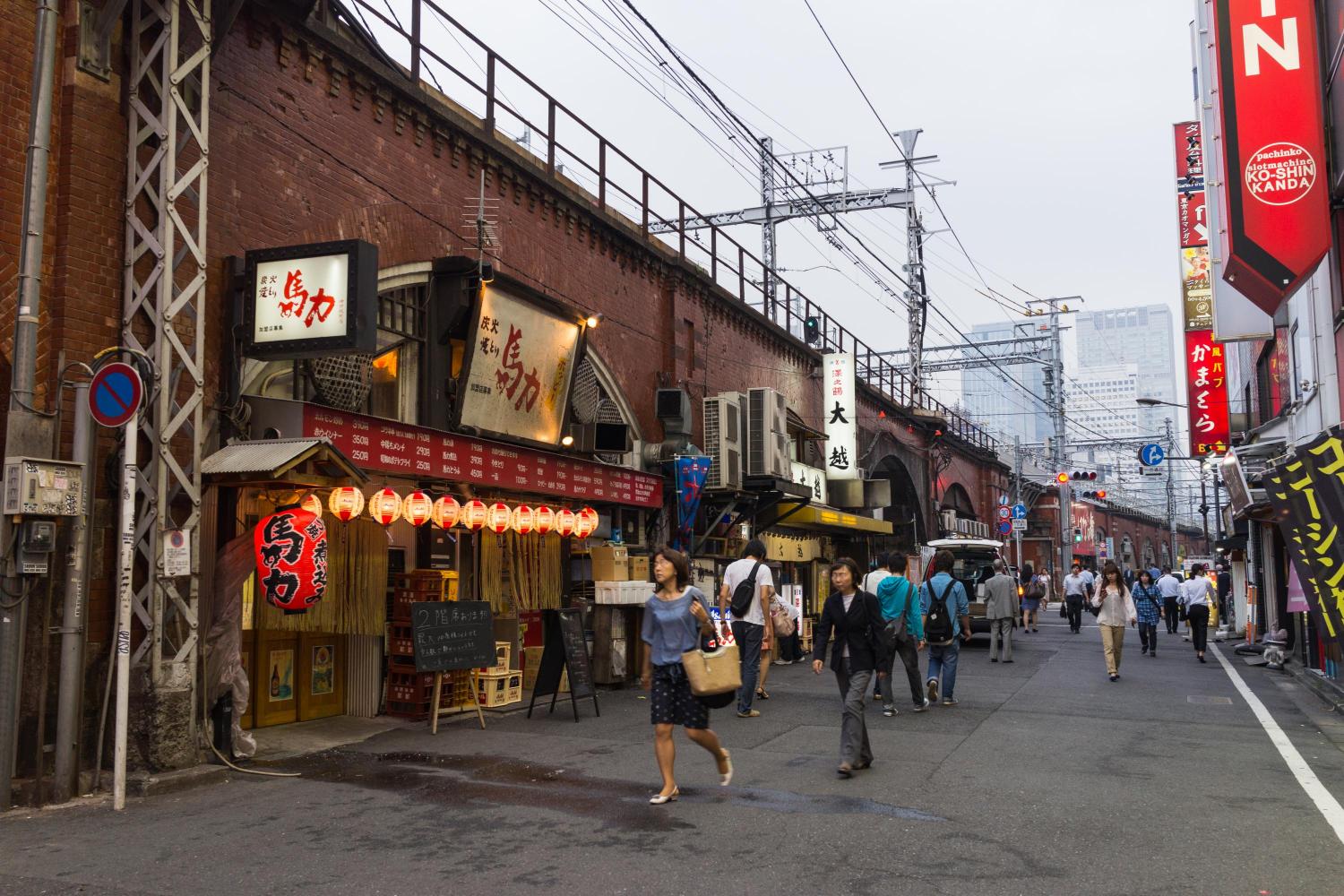
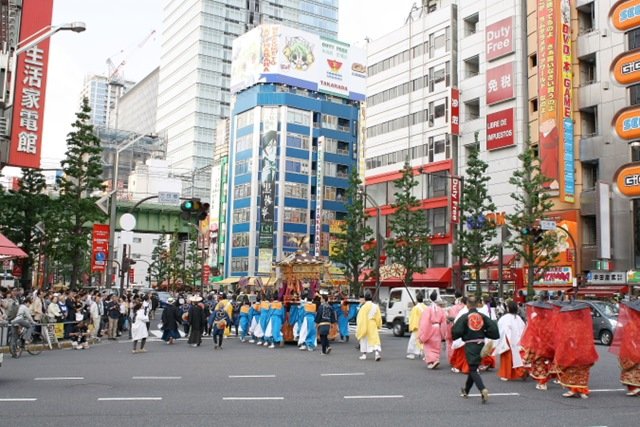
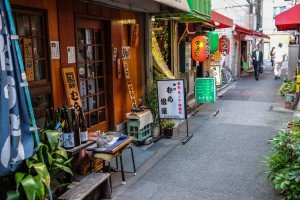
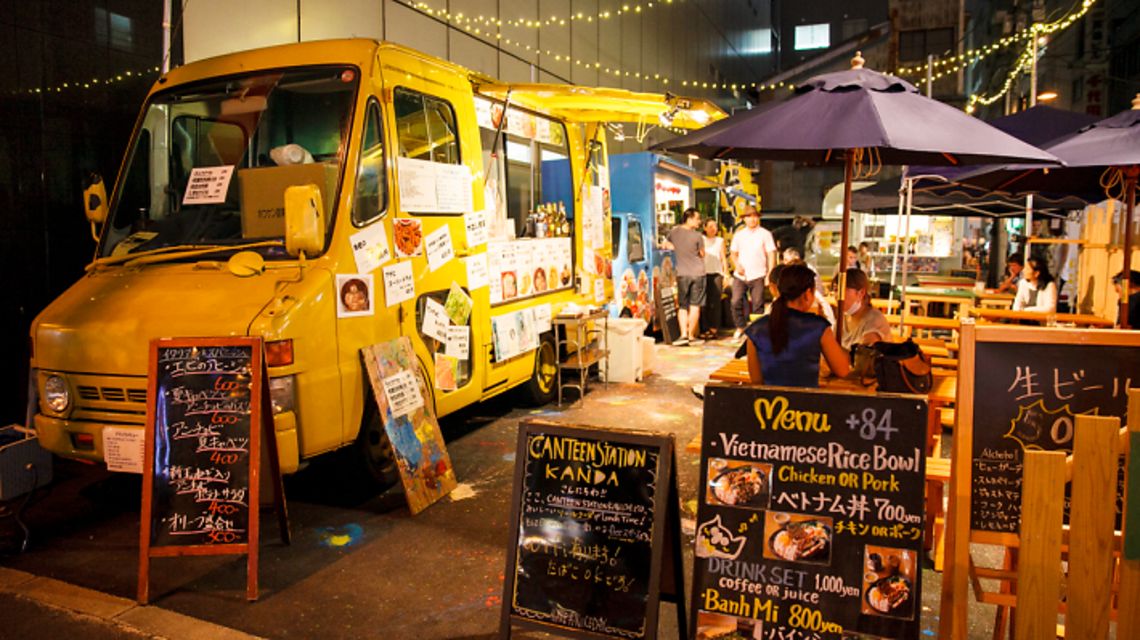
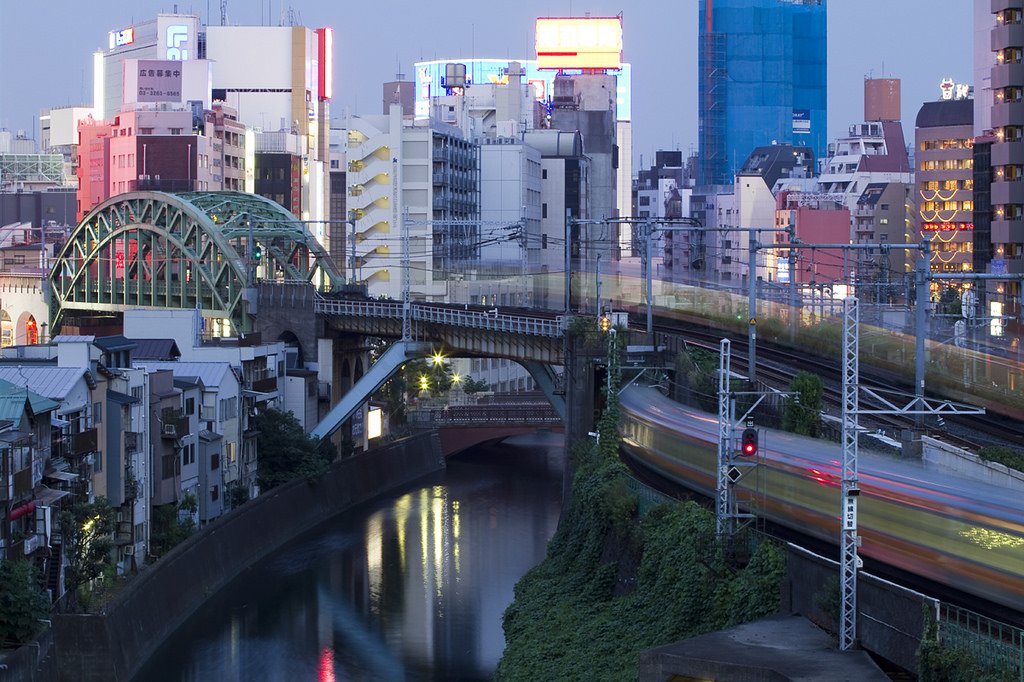
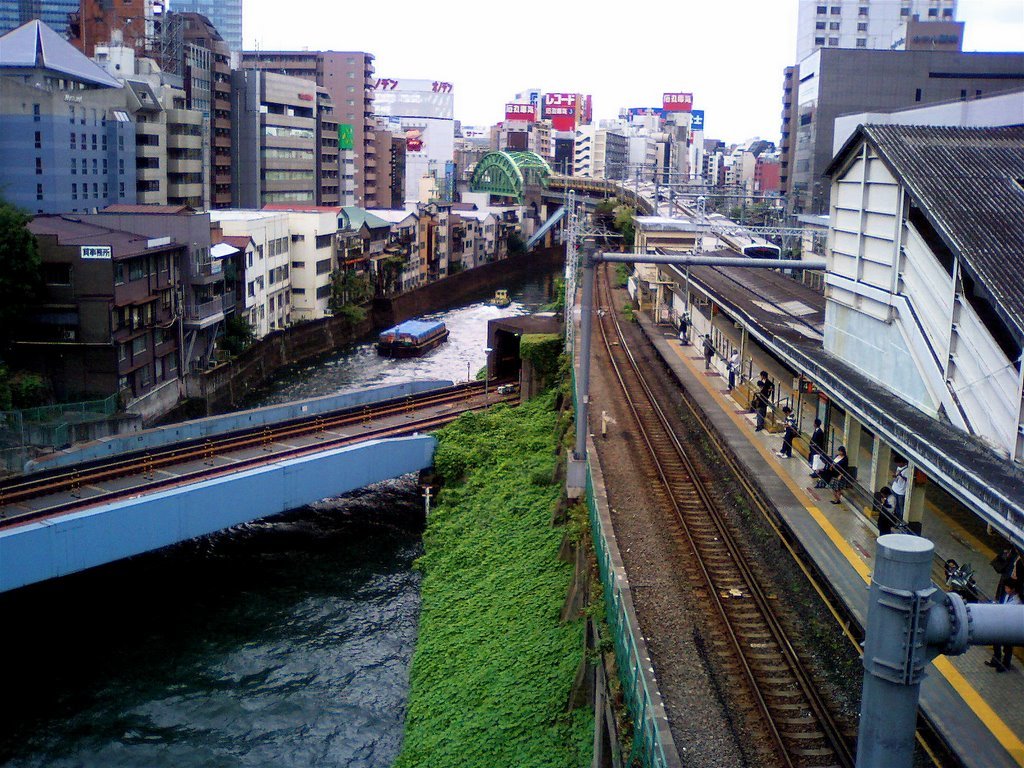
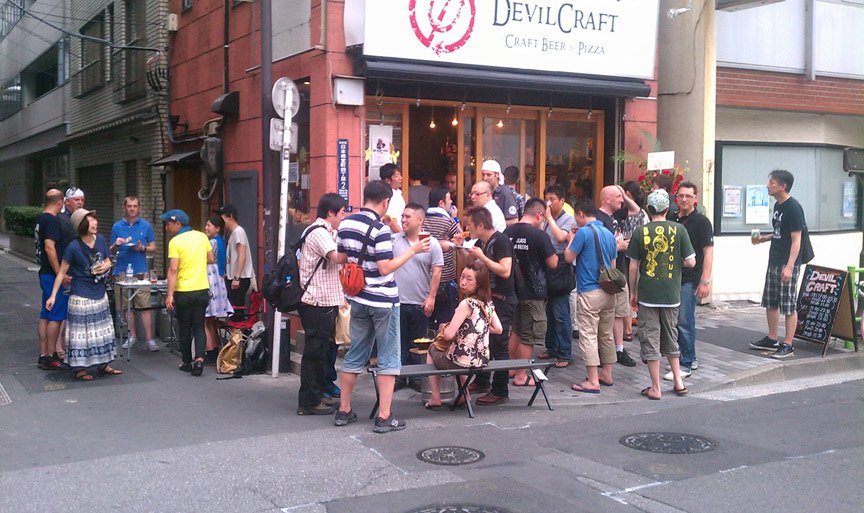
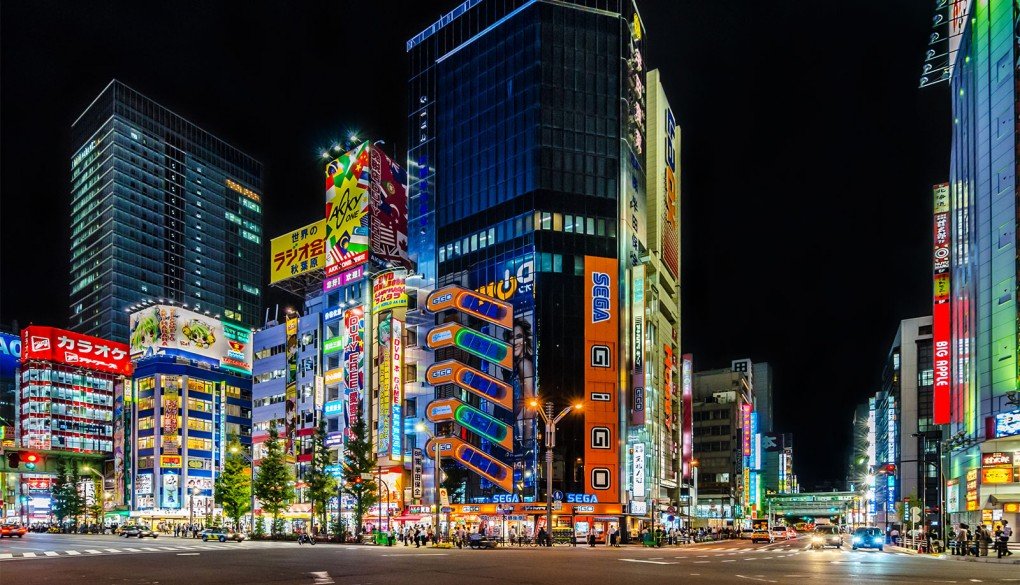
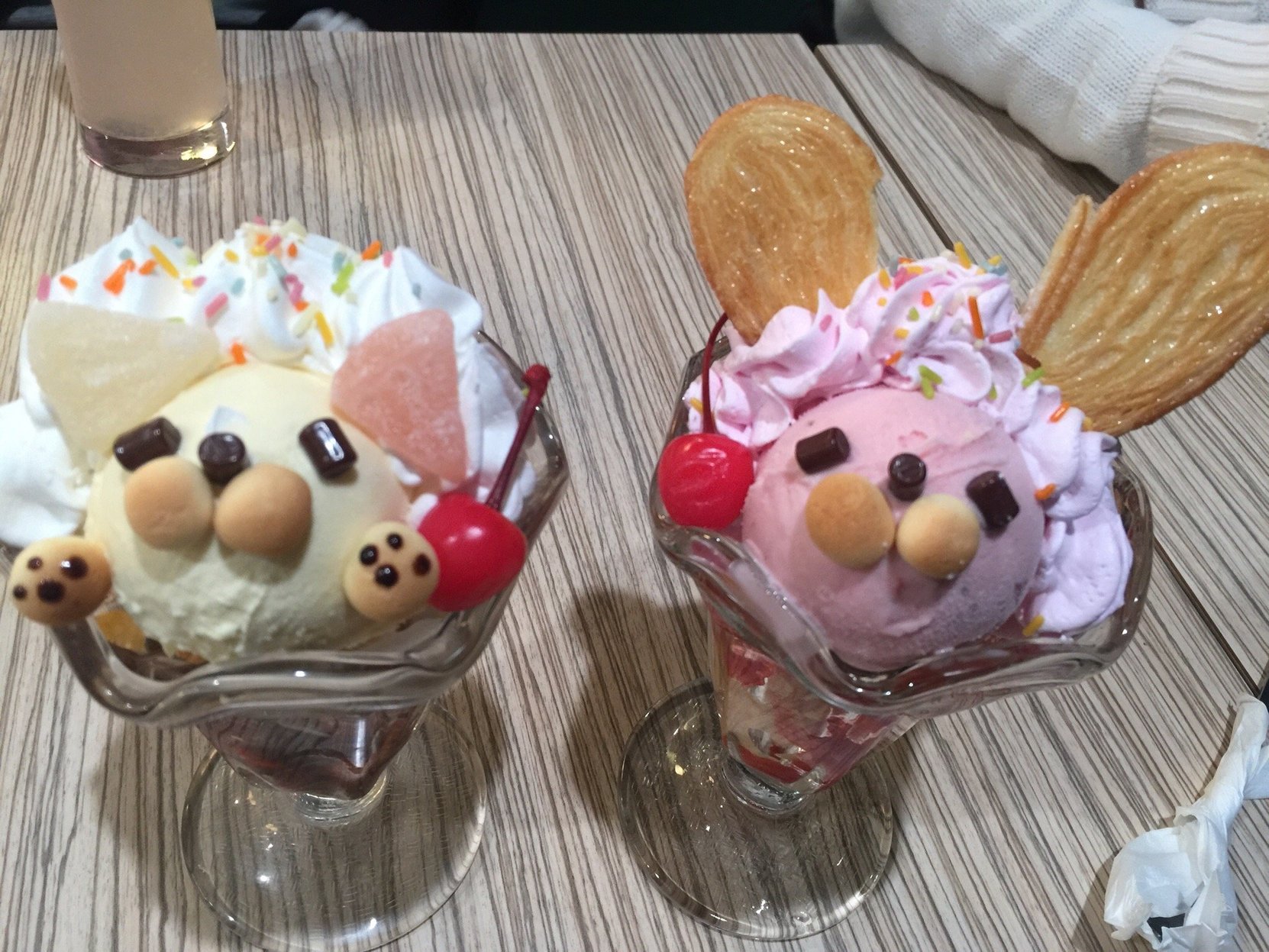
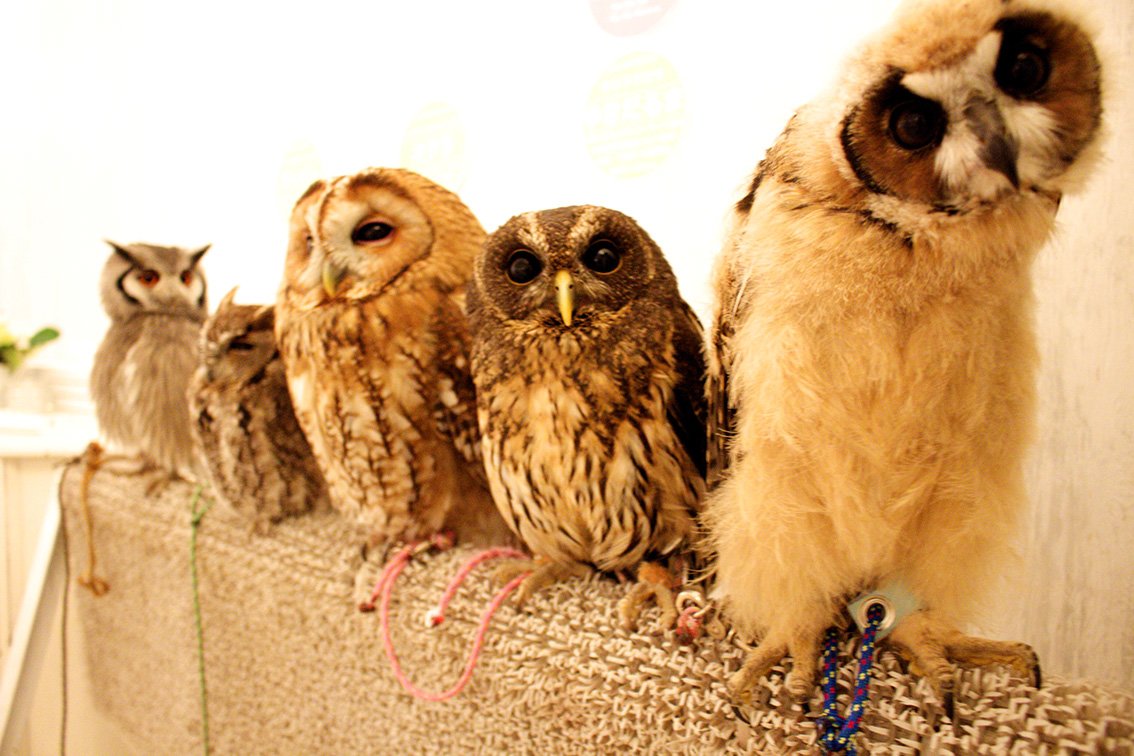
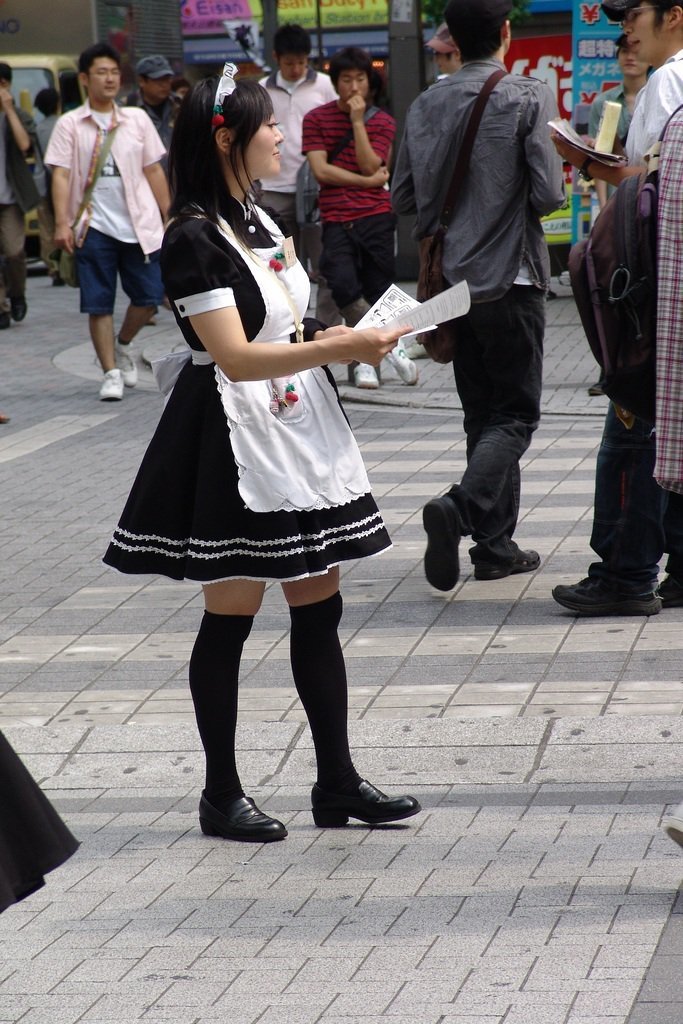
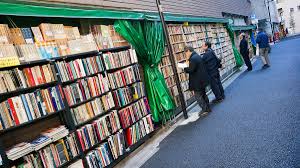
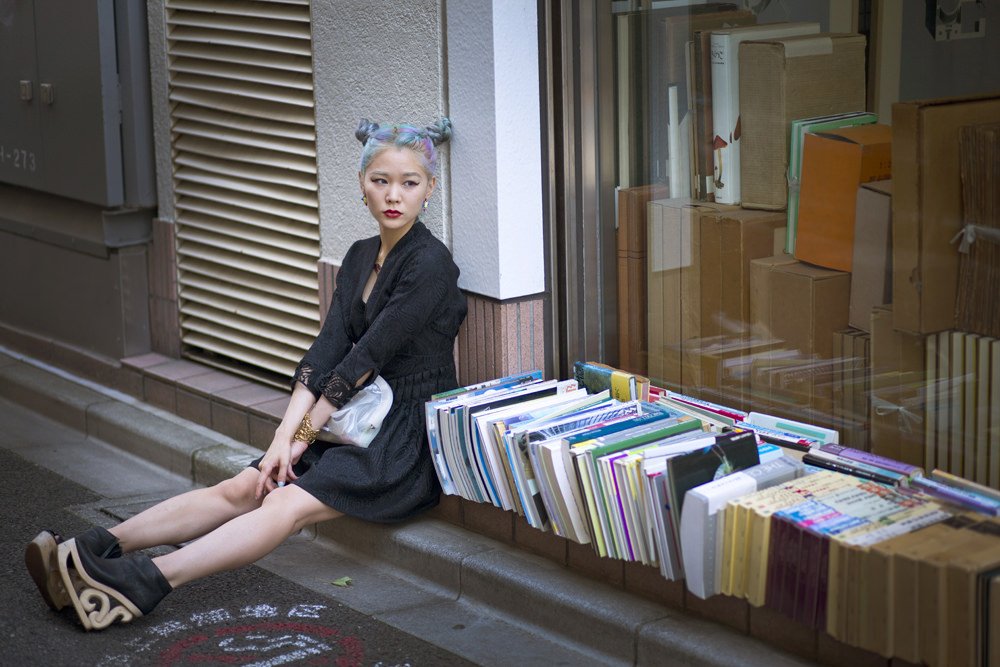
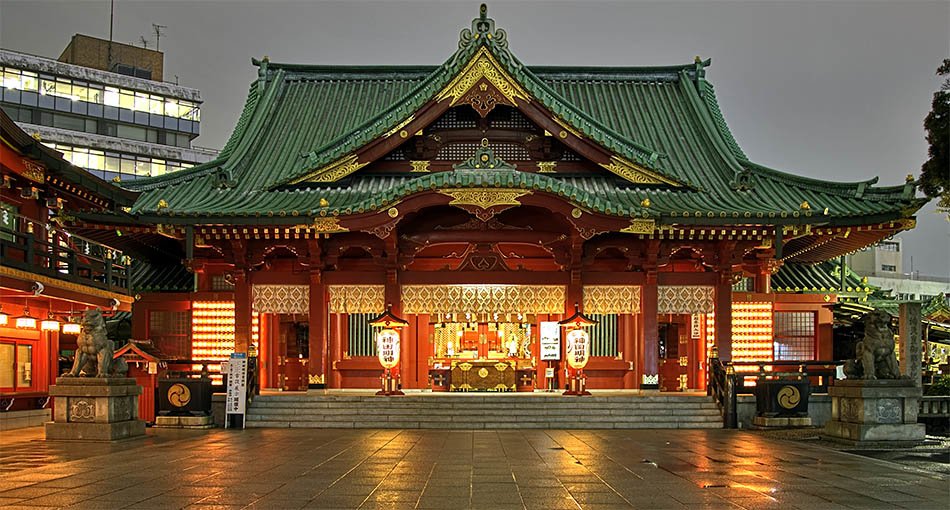
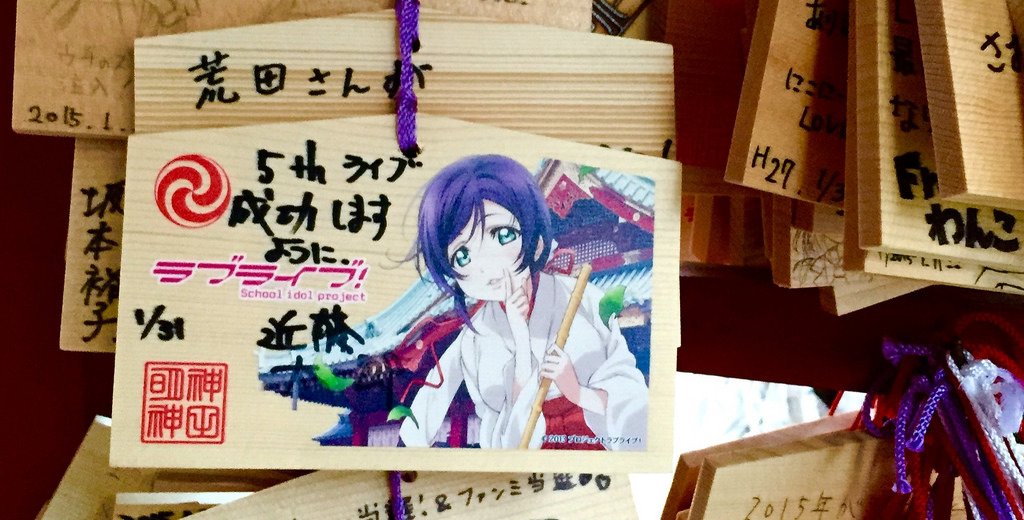
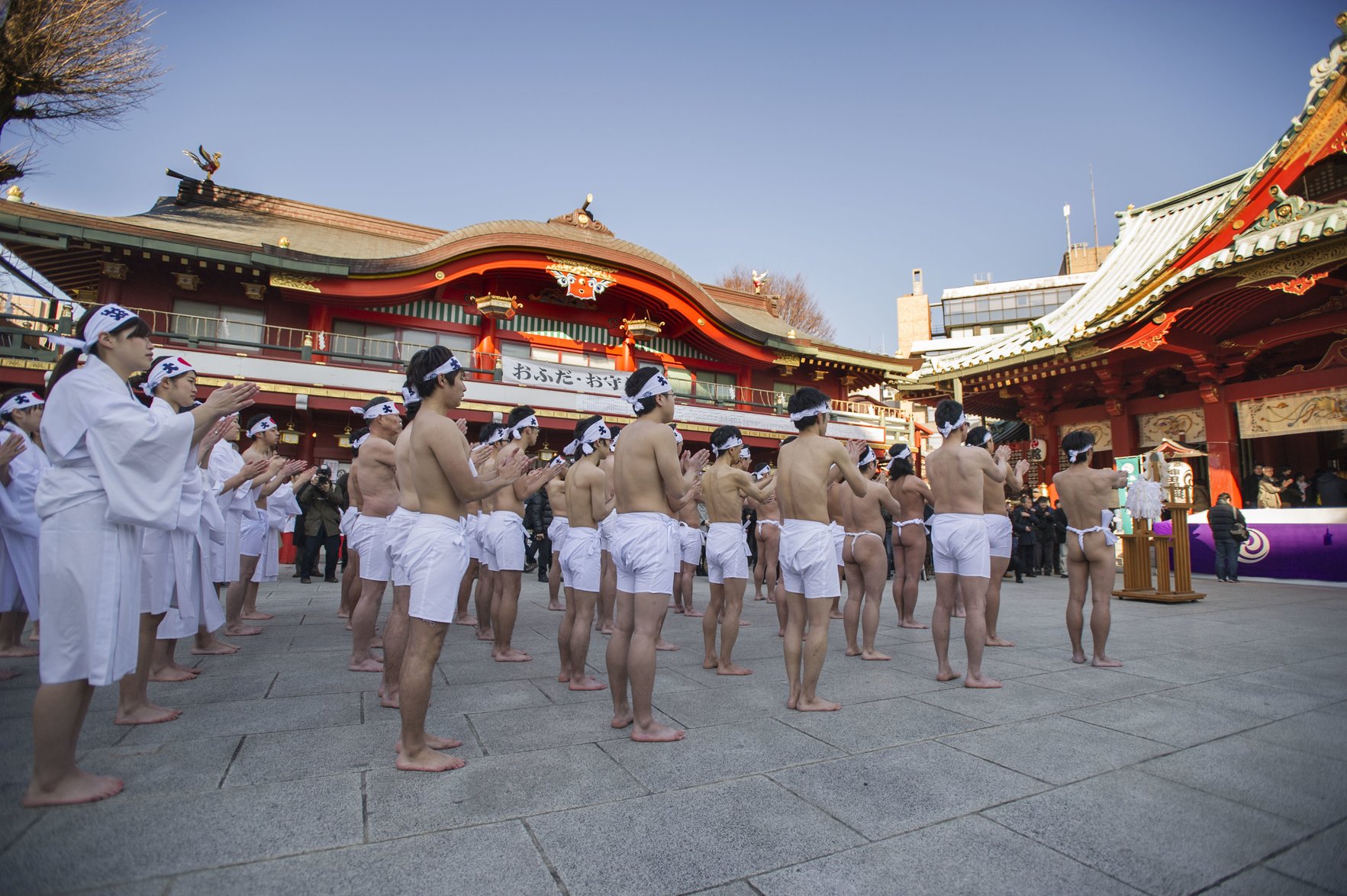
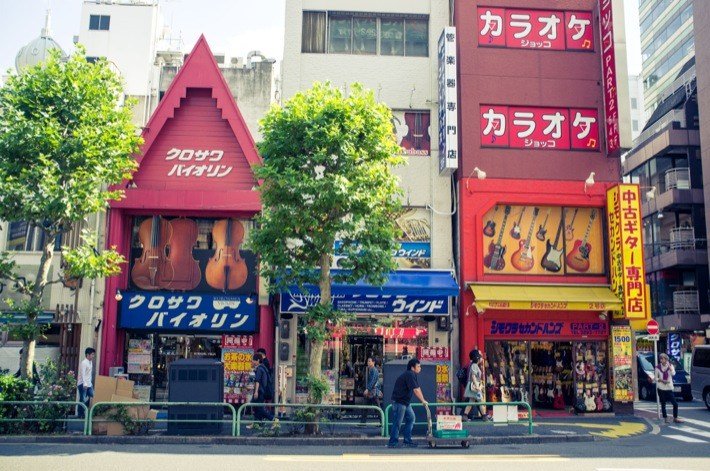
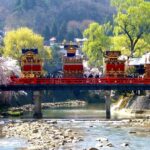
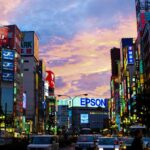
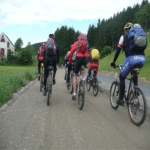
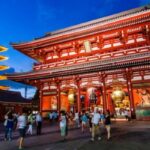
Reviews
There are no reviews yet.